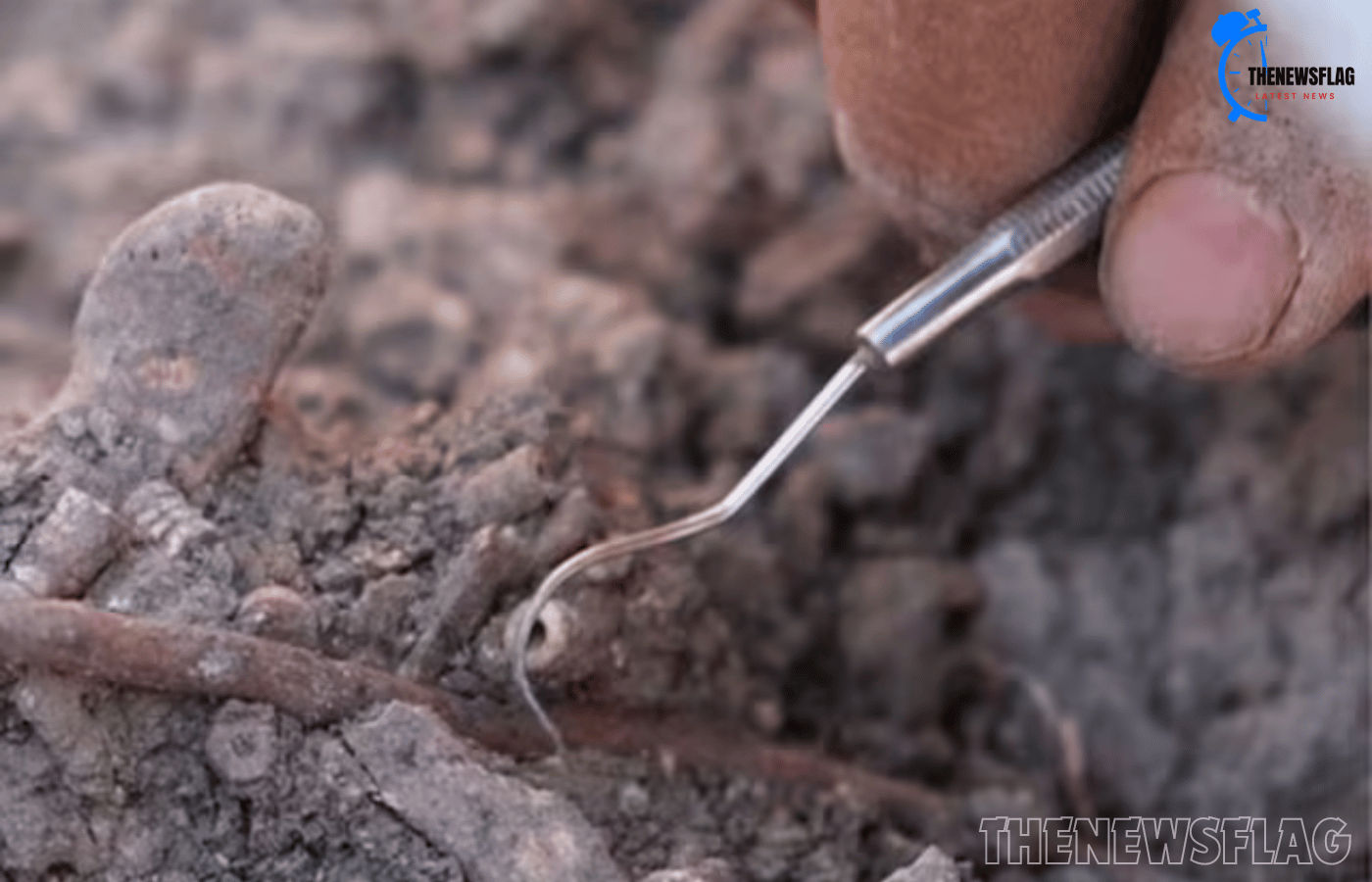The excavation took place at the Boncuklu Tarla site which is located in Southeastern Turkey, where they found human remains.
-
Archaeologists from Turkey have discovered 11,000-year-old human remains during an excavation in the Southern part of the country. The exceptional discovery gives us an insight into the ritual practices and beliefs these humans had.
The excavation took place at the Boncuklu Tarla site which is located in Southeastern Turkey, where they found human remains, calculated to be around 11,000 years old. The remains include skeletons, which were decorated with more than 100 ornaments, and were found buried with more items. The ornaments were found to be made from limestone, obsidian, chlorite, copper and river pebbles. These were discovered next to the chins and ears of the mortal remains. Around 85 ornaments were found to be in good condition.
The highlight of this discovery is how these ornaments were thoughtfully banded with piercings. As per more reports, only adults were observed with these ornaments, which indicated that it is some kind of a ritual related to maturity transitioning. The items had different sizes, which suggested that they wore them in their ears and lower lip. These lower lip piercings are called labrets, and the discovered remains were found to have a tear in that area.
Dr Emma Louise Baysal, an Associate Professor of Prehistory at Ankara University, said, “We think these are the earliest examples yet recorded in their original context on the skeletons of the people who used them.” Baysal remarked that it could be related to their ages, or “being grown up,” while it could also be something to do with their status. Since, these ornaments were only discovered on the remains of women and men, and not children.
Baysal stated further that when anyone wears piercings, they do not do it for themselves, but they do it because they want others to view them in a certain way. This trait is something we might recognise in people even today. According to her, we can relate to these ancient people, and think “Well, actually, they’re quite like us.”





